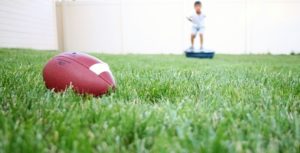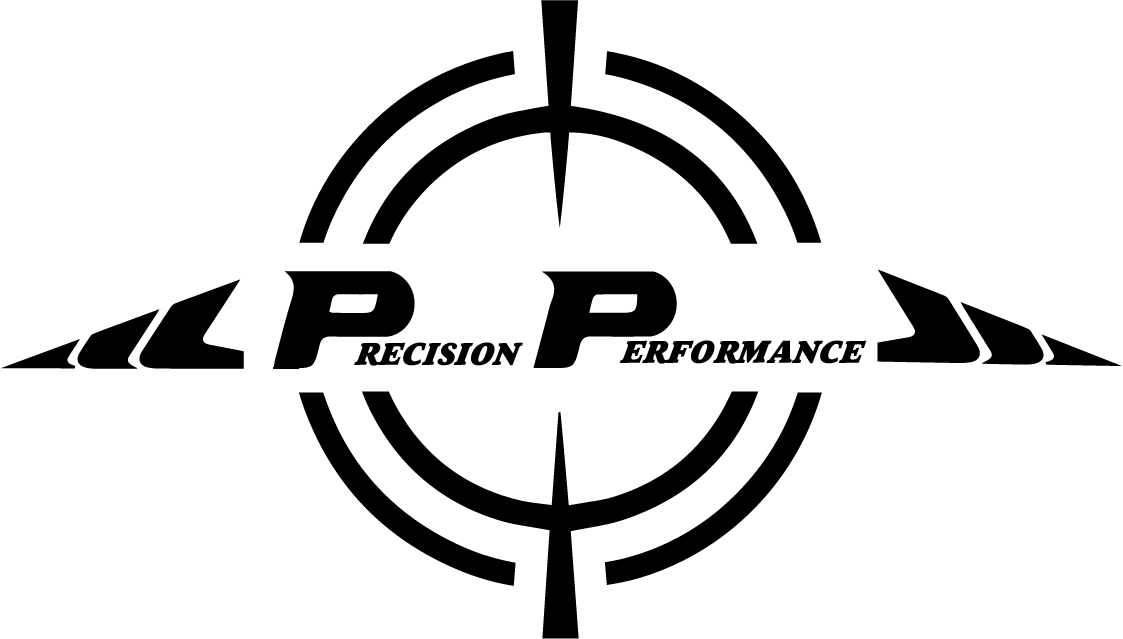As parents and coaches we all want our kids to be the best athletes they can be. This can encourage us the help a child to be active and continue to participate in regular sporting activities. The question we have to ask ourselves is do we want our young athletes to be the best they can be this weekend (the “athlete by Saturday”) or are we willing to be patient and help a child safely develop their skill to achieve their highest level of potential.
The way we view this can dictate the way we assess the talent of a young athlete and how we structure their development and training programs. It is common to judge the talent of a player today and focus our time and attention on the kids who we feel are going to help us now. We disregard the young athletes who can’t help us win today. We do what is best for our team and ourselves before we do what is best for the young athlete. This structures the youth development program to get the young athlete to achieve a short-term goal instead of addressing and developing the abilities of the young athlete.
In most areas, we have the ability to essentially discard young athletes because we are fortunate enough to have so many kids that participate in sports at a young age. If you go down to a sports field or complex on a Saturday, look around and see how many kids are participating in sports. Instead of looking at it as a large pool of potential talent that we can develop, we tend to search for those kids that look like they currently have more talent than others. They often get more attention and subsequently, the y get more opportunities. This is unfortunate, but the real disappointing part of it all is that, when one of those kids that we deemed as having more talent at a younger age does not demonstrate as much talent as other kids when they grow, we rarely hesitate to move on to the next child and leave that one behind.
y get more opportunities. This is unfortunate, but the real disappointing part of it all is that, when one of those kids that we deemed as having more talent at a younger age does not demonstrate as much talent as other kids when they grow, we rarely hesitate to move on to the next child and leave that one behind.
In the end, this leads to fewer kids playing sports as they age, fewer children who go on to enjoy life-long active lifestyles, less talent and skill development, and an increase in the potential for injury of the young athlete.
Being a parent, coach, fitness professional, or medical professional who works with young athletes is not easy. It requires the ability to assess a child’s neuromuscular training, posture control, movement mechanics, psychological maturity, and current level of physical development while taking into consideration the team’s skill level and the skill level of the other children they are competing against.
Some suggestions for being able to focus on the development of a young athlete include:
1) Celebrate the athlete’s development and not our achievements and wins.
2) Try and make sure the player with the least talent is able to improve their skill level the same as players with a higher talent level.
3) Try and allow kids to work with skill appropriate players.
4) Be patient and allow time.
5) Provide an environment that allows a young athlete to safely learn from their mistakes while still holding them accountable.
6) Recognize that poor coaching can be a cause for increase in injury.
7) Recognize stress of growth, stress of daily life, and stress of sports can affect skill development and play a part in potential for injury.
8) Understand that injuries, including minor injuries, need to be appropriately addressed to not inhibit skill development or increase potential for future injury. We are often too quick to assume young athletes will be just fine because “when they are younger they heal faster.”
What would happen if we celebrated the development of a young athlete’s talent just as much as we celebrated wins? What would happen if we put an emphasis on the ability of every child to confidently and comfortably perform a skill in the right context of the environment?
It may just give us the chance to develop a larger pool of healthy and talented athletes.
